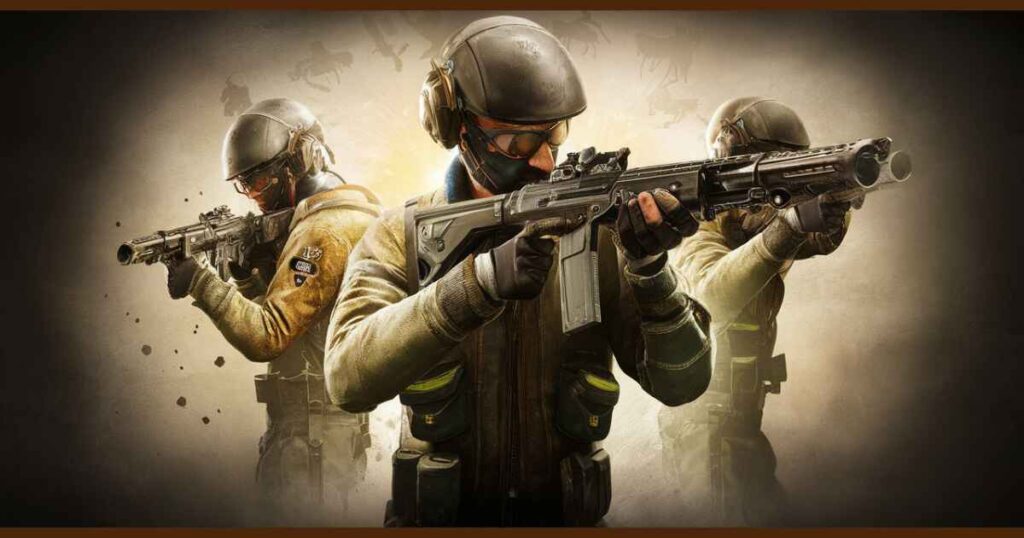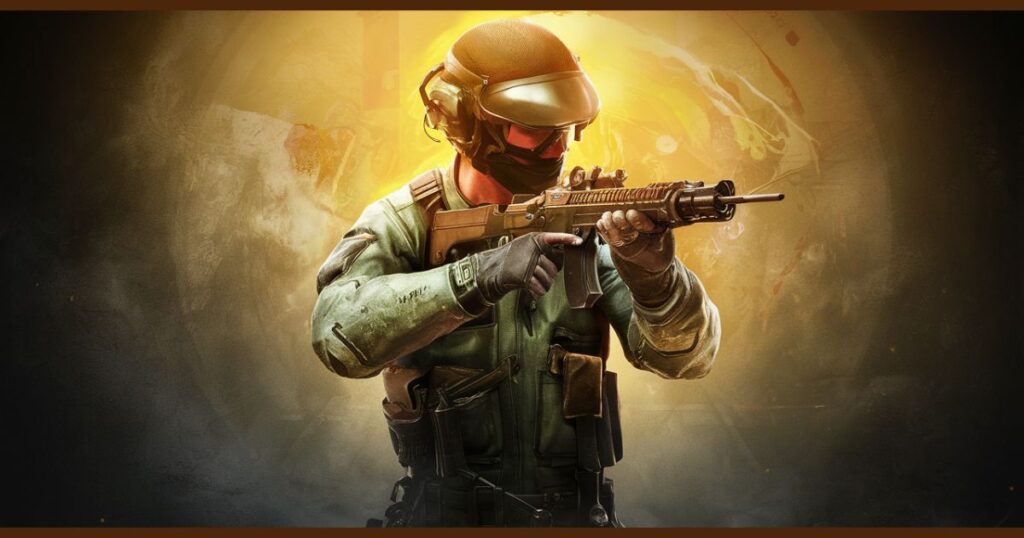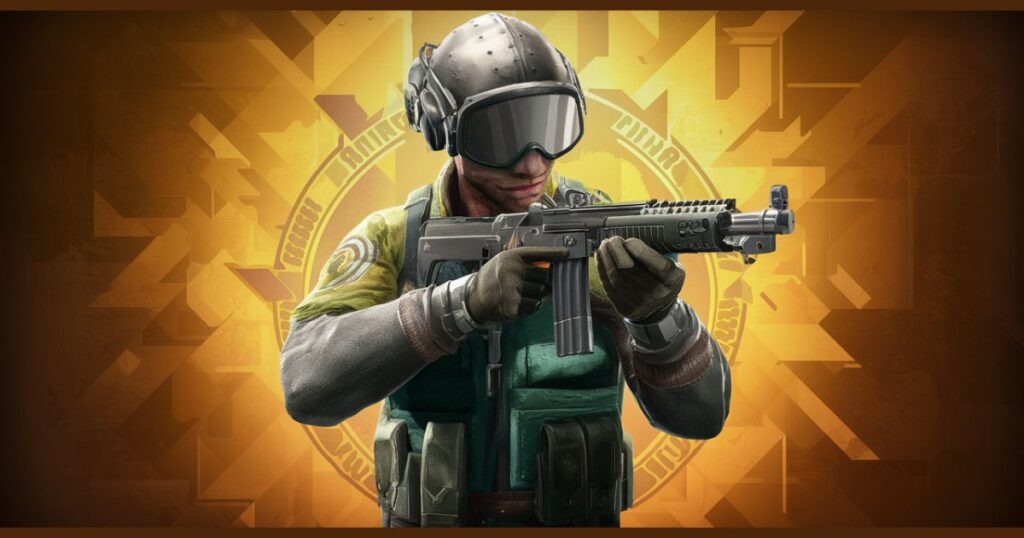Counter-Strike 1.6 (2003) Game Icons Banners are the visual elements that defined the classic first-person shooter’s interface. These icons and banners represented weapons, teams, and game modes, becoming instantly recognizable to players worldwide.
They were more than just graphics; they were a vital part of the gameplay experience, guiding players through intense matches. Imagine a world where a pixelated AK-47 could strike fear into opponents or where a simple CT logo could rally a team.
That’s the power of Counter-Strike 1.6’s iconic visuals. These game icons and banners didn’t just decorate the screen; they told stories, created memories, and shaped the way we think about competitive gaming. The legacy of these visual elements extends far beyond the game itself.
Counter-Strike 1.6’s icons and banners have become cultural symbols, appearing in art, fashion, and even other games. They’ve inspired countless designers and left an indelible mark on gaming history. Even today, these simple yet effective designs continue to evoke nostalgia and admiration from gamers old and new.
The Legacy of Counter-Strike 1.6 (2003)

The impact of Counter-Strike 1.6 on the competitive gaming scene can’t be overstated. It wasn’t just about the tactical gameplay or the thrill of outsmarting opponents. The game’s visual identity played a crucial role in its lasting appeal.
Those pixelated weapon icons and team symbols became more than just on-screen graphics; they were badges of honor for players. The in-game banners weren’t just decorative; they were part of the strategy, helping players quickly identify friends and foes in the heat of battle. This blend of form and function in the game’s visuals set a new standard for user interface design in gaming.
Building a Strong Visual Identity
Counter-Strike 1.6’s visual branding wasn’t an accident. The designers at Valve Corporation knew that creating a strong aesthetic appeal was key to standing out in the crowded multiplayer game market. They crafted a unique look that balanced realism with readability, ensuring that every visual asset served a purpose.
The result was a graphical style that was instantly recognizable, whether you were a seasoned pro or a curious newcomer. This attention to design aesthetics didn’t just make the game look good; it enhanced the gameplay experience, making split-second decisions possible in high-stakes matches.
The Evolution of Game Icons
The journey of Counter-Strike 1.6’s icons from concept to final design is a fascinating tale of graphic design evolution. These icons weren’t static; they evolved with the game, becoming clearer and more functional with each update. The designers faced the challenge of creating visual indicators that could be understood at a glance, even in the chaos of a firefight.
This evolution didn’t just improve Counter-Strike; it influenced user interface design across the gaming industry. Many modern games owe a debt to the pioneering work done on CS 1.6’s icons, which set new standards for clarity and functionality in game design.
See Also: Aeonscope Video Gaming: An Extensive Information Investigation
Iconic Weapons and Team Symbols
Ask any Counter-Strike veteran about the game’s most memorable elements, and you’re bound to hear about the weapon icons. The AK-47, the AWP, the Desert Eagle – these weren’t just guns; they were symbols of skill and strategy. Each firearm graphic was carefully crafted to be instantly recognizable, allowing players to make split-second decisions about their loadouts.
Equally important were the team symbols for terrorists and counter-terrorists. These faction logos weren’t just for show; they played a crucial role in team identification and strategy. The simplicity and effectiveness of these designs have made them enduring symbols in gaming culture.
The Power of In-Game Banners

In Counter-Strike 1.6, in-game banners were more than just pretty pictures. They were crucial HUD elements that enhanced the player interaction and immersion. These banners served multiple purposes: they displayed vital information, set the mood for different maps, and even told little stories about the game world.
For example, the banners in de_dust2, one of the most iconic maps, helped create the feeling of being in a Middle Eastern town. This attention to detail in the visual elements didn’t just make the game look better; it made the whole experience more engaging and memorable for players.
Banners in Competitive Gaming
As Counter-Strike 1.6 rose to prominence in the world of esports, the role of banners evolved. Clan symbols and custom banners became a way for teams to showcase their identity in tournaments. These weren’t just decorative; they were psychological tools used to intimidate opponents and rally teammates.
The sight of a well-known team’s banner could send a message before the first shot was fired. This use of visual branding in competitive play set a precedent that’s still followed in modern gaming leagues, where team logos and custom graphics play a huge role in creating a spectacle for viewers.
Crafting the Perfect Icon
The process of creating Counter-Strike 1.6’s icons was a delicate balancing act. Designers had to create visual assets that were not only aesthetically pleasing but also functional in high-pressure gameplay situations.
They faced challenges like ensuring each icon was distinct enough to be recognized in a split second, yet simple enough to render clearly at small sizes. This required a deep understanding of both graphic design principles and the needs of competitive gamers.
The result was a set of icons that became a benchmark in game design, influencing how information is visually presented in fast-paced games to this day.
Community Contributions and Custom Designs
One of the factors that kept Counter-Strike 1.6 fresh years after its release was the vibrant modding community. Players didn’t just play the game; they reshaped it with their own custom skins and user-generated content.
This included everything from new weapon skins to completely redesigned interface elements. The game’s developers embraced this creativity, often incorporating the best community contributions into official updates.
This symbiotic relationship between developers and players not only extended the life of the game but also fostered a sense of ownership among the community, making Counter-Strike more than just a game – it was a platform for creative expression.
See Also: Uncovering the Suffix with Louis and Jackson Crossword Scrap of Information
The Cultural Impact of Game Icons and Banners

The influence of Counter-Strike 1.6’s visual elements extends far beyond the game itself. These icons and banners have become cultural phenomena, recognizable even to those who’ve never played the game. They’ve appeared on t-shirts, in memes, and even in other media as shorthand for gaming culture.
The distinctive weapon imagery and team identifiers have become a part of the visual language of gaming, instantly evoking memories and emotions for millions of players. This cultural significance speaks to the power of effective visual design in creating lasting connections with an audience.
Conclusion
The enduring legacy of Counter-Strike 1.6’s game icons and banners is a testament to the power of thoughtful design in gaming. These visual components didn’t just make the game look good; they enhanced gameplay, fostered community, and left an indelible mark on gaming culture.
As we look at modern games with their flashy graphics and complex interfaces, it’s worth remembering the lessons learned from CS 1.6’s simple yet effective visual language. The game’s legacy lives on, not just in the memories of players, but in the DNA of every shooter that followed in its footsteps.

